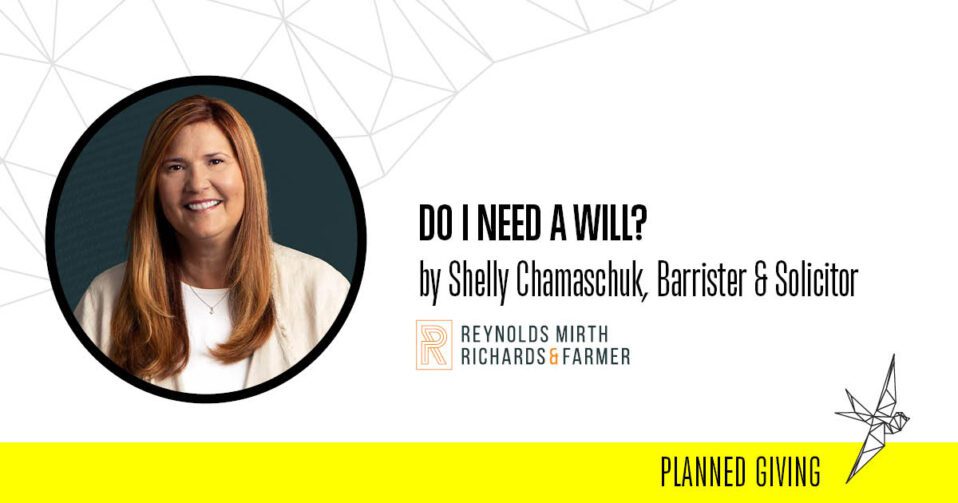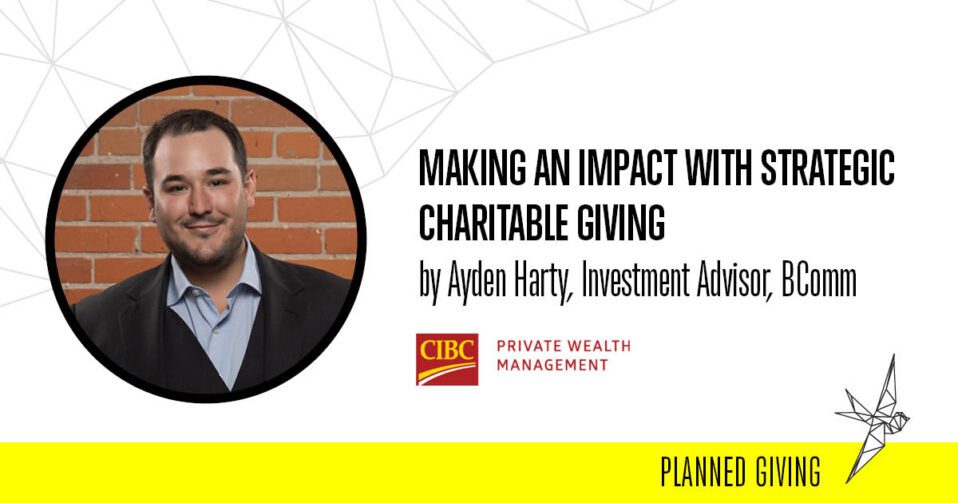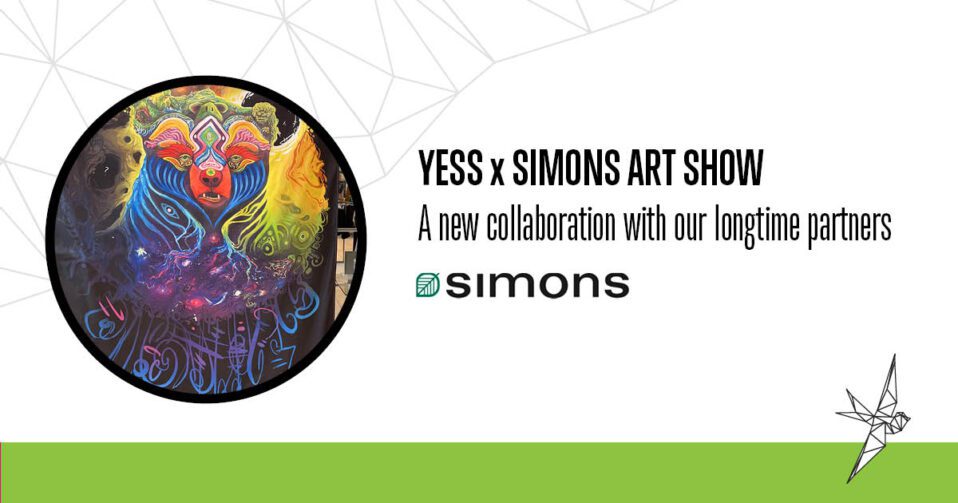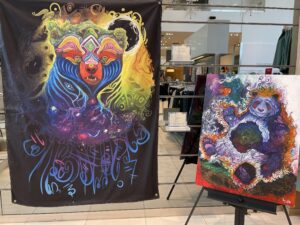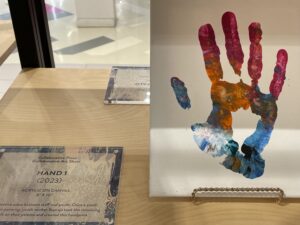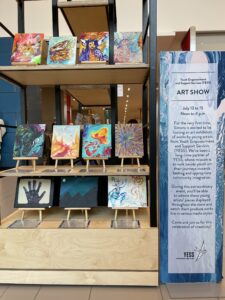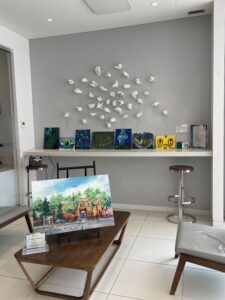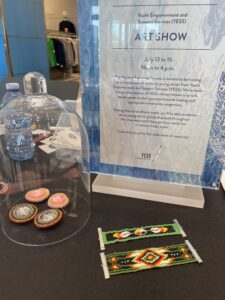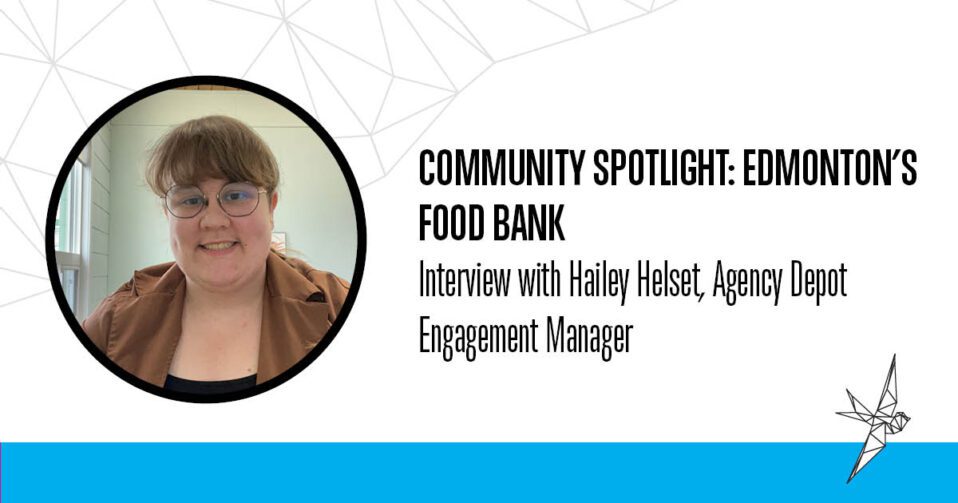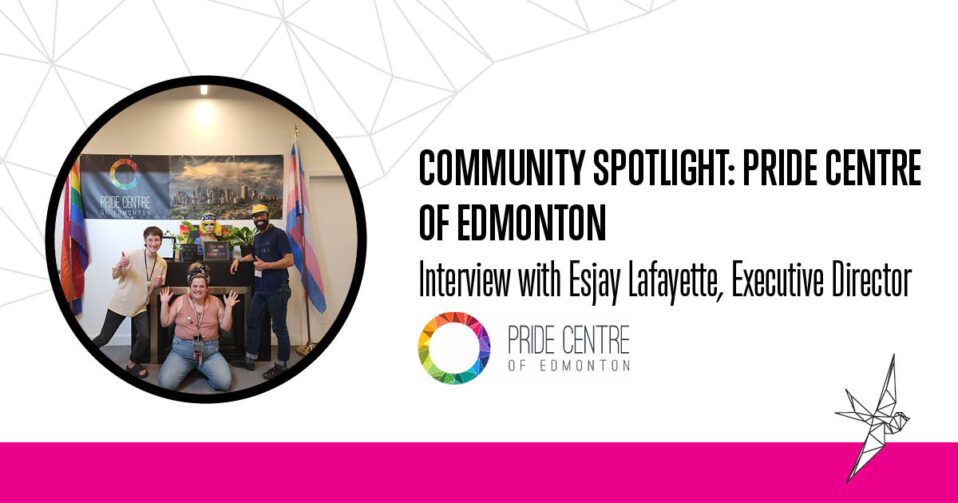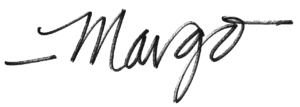This article was originally published as part of the 2021 Planned Giving Newsletter. It has been updated for the 2023 edition.
A will is one of the most profound and consequential documents that you can ever create and, for many, an emotional but deeply fulfilling process. The questions it presents are numerous and the conversations inspired amongst family and loved ones are a gift in and of themselves. Shelly Chamaschuk provides valuable information on wills in Alberta and answers the most basic and often-heard estate planning question: do I need a will?
The answer is YES. I believe that every person who is eligible to make a Will, should have a Will. The reasons are many, but here are a few of the most important ones:
- People often assume that their immediate family (spouse, common-law partner, adult children) will be able to look after their estate if they pass away. This is incorrect. No person, not even a spouse, has the legal authority to deal with your estate when you pass away. Having a Will makes the process of estate administration much easier because the person you name as your executor (now called your Personal Representative) takes authority from the Will immediately upon your death, and can begin administering certain aspects of your estate right away. Without a Will, no steps can be taken until a grant of administration is obtained from the Court. Even with a Will, your Personal Representative may have to apply for a Grant of Probate in order to deal with some of your assets, but institutions like banks and investment companies are much more cooperative and willing to provide information to the person named in a Will as the Personal Representative than they are to a person making inquiries that has no Will to rely on. By making a Will, you make the process of settling your estate much easier and less stressful for your family and friends who may are left to sort out your estate without any guidance from you and without knowing your wishes.
- A Will allows you to choose who will act as your Personal Representative and administer your estate. You can choose a person(s) whom you trust and you know will follow your wishes as you have set them out in your Will. If you die without a Will, legislation in Alberta provides a list of the people who have the first right to apply to administer your estate, but that may not be who you would choose to do this job for you.
- A Will allows you to choose who will receive the proceeds of your estate. Although you have a legal obligation to support your dependents (spouse, common-law partner, minor children, adult children who are unable to earn a livelihood due to a physical or mental disability), you can otherwise make gifts as you choose. If you die without a Will, again there is legislation in Alberta that determines which family members will receive your estate.
- A Will allows you to leave gifts to a charity or charities in the amounts or proportions you decide. Without a Will, there is no provision for any of your estate to be given to the charities you supported during your lifetime. For many people it is important to them that some of their estate be left to their favorite charities. There are also some income tax benefits to your estate to making charitable gifts in your Will.
Making a Will is much easier than most people think. I often have clients comment when they are leaving my office having signed their Wills about how simple and easy the process was, and had they known, they would have done a Will much sooner.
I encourage everyone to make a Will to make it easier for your loved ones to take care of your estate during a sad and stressful time for them, to prevent unnecessary family disputes, and to ensure that your estate is given to those that you want to receive it.
This article was written by Shelly K. Chamaschuk, a Barrister & Solicitor with Reynolds Mirth Richards & Farmer LLP. Her practice focuses on corporate/commercial matters, business and succession planning, estate planning, including wills, enduring powers of attorney, personal directives, family trusts, and estate administration. She is the firm’s Wills, Estates & Trusts Team Lead.
Prior to entering law, Shelly worked for the Capital Health Authority and was the Regional Coordinator for the Department of Laboratory Medicine. She also worked overseas as a medical laboratory technologist in Saudi Arabia and with a humanitarian aid project in Kyiv, Ukraine.
Shelly is a regular presenter for the Edmonton Community Foundation and lecturer for the Legal Education Society of Alberta.
Impact the Future
Youth rely on valued and trusted sources of support and are inspired to look to the future with hope, purpose, and the courage to strive for a better tomorrow.
Will you consider including YESS in your estate plans? Every legacy gift to YESS is a thoughtful gift from the heart, a meaningful part of your life story, and a way to help YESS thrive in its commitment to champion youth who reach out in their need for healing, relief, and guidance.
Leaving a legacy gift is as easy as 1-2-3! To make your legacy gift, consider the following:
- Adding a codicil (a supplement) to your current will,
- Creating a new will, or
- Adding YESS as a beneficiary to an investment or life insurance policy
We’d be happy to work with you, your family and your advisors on a confidential basis to ensure that your gift meets your philanthropic goals.
If you have already provided for a legacy gift to YESS in your estate plans, we’d be delighted to learn in confidence about your future plans. Thank you for your life-changing gift! It will surely help to enable young people in crisis to heal, improve their well-being, find connection and stability, and to create healthy futures.
To learn more about making a legacy gift, please contact Eileen Papulkas by phone at 780.468.7070 x298 or by email at eileen.papulkas@yess.org
|
What you need to know if you wish to leave a gift to YESS in your will: |
| YESS’s legal name:
Y.E.S.S.: Youth Emergency Shelter Society of Edmonton o/a (YESS) Youth Empowerment and Support Services CRA Registered Charitable No.: 12953-7437 RR 0001 Full mailing address:
Sample wording for a Specific gift in your Will: “I give to currently of Y.E.S.S.: Youth Emergency Shelter Society of Edmonton o/a (YESS) Youth Empowerment and Support Services currently of 9310 82 Ave NW, Edmonton, AB, T6C 0Z6, the sum of $______ to be used at the discretion of the organization.”
Sample wording for a Residual gift in your Will: “I give to Y.E.S.S.: Youth Emergency Shelter Society of Edmonton o/a (YESS) Youth Empowerment and Support Services currently of 9310 82 Ave NW, Edmonton, AB, T6C 0Z6, all (or ______%) of the residue of my estate, to be used at the discretion of the organization.” |

